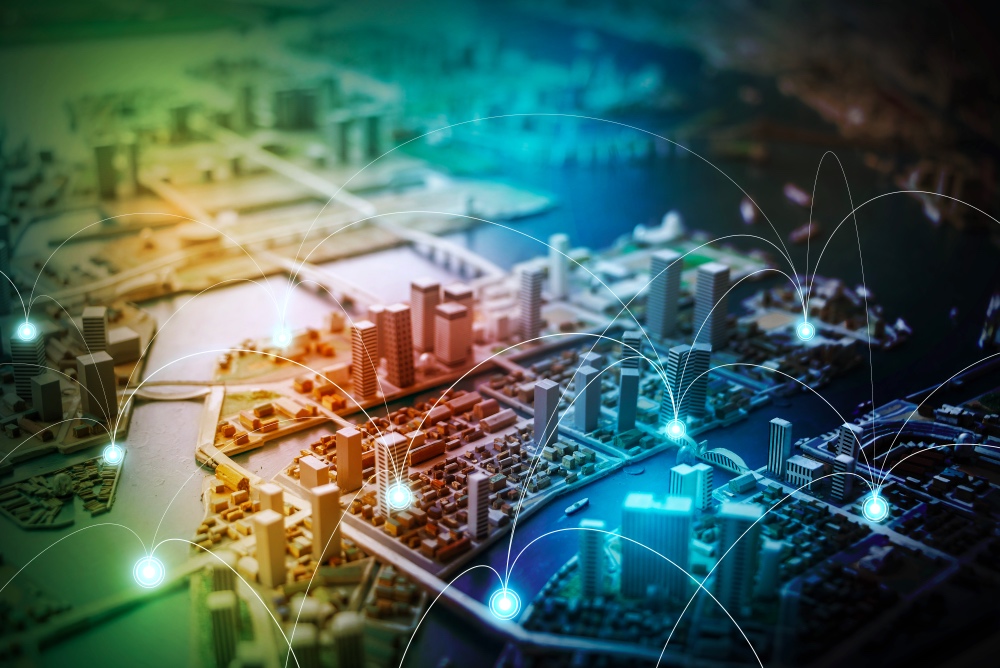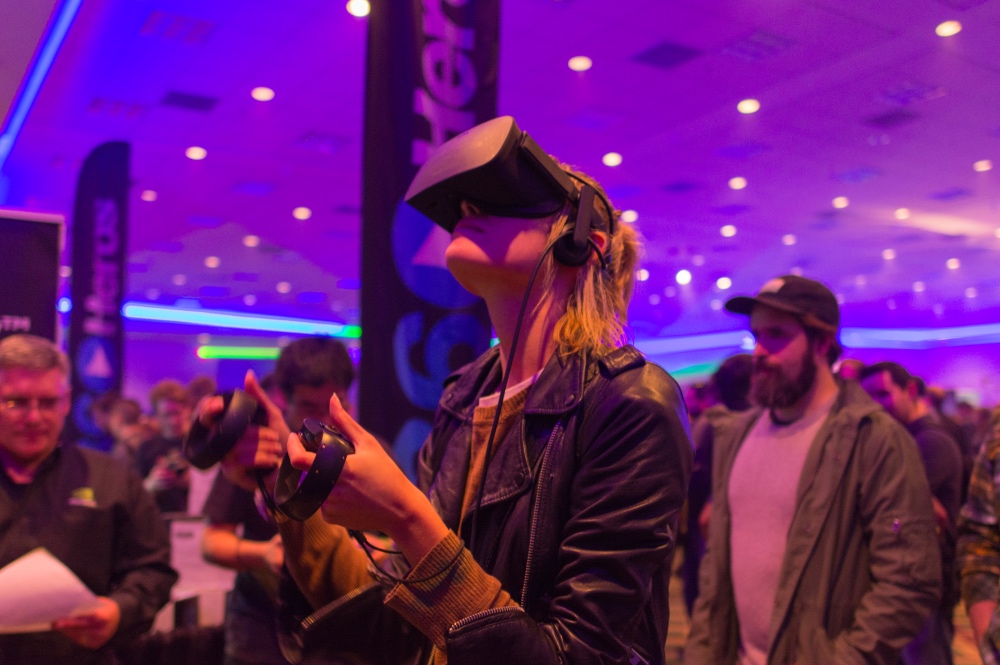From 4G to 5G
The current 4G cellular networks that drive our computers, tablets and smartphones are poised for a major upgrade as we approach 5G. To understand where we’re going with 5G, we need to know where we’ve been. In the 1990s, cellular and data networks had anemic connection speeds and computing power, at least compared to modern standards and expectations. In decades past, traditional analog-to-digital dial-up modems were all that were needed to connect computers to the Internet, using services like America Online (AOL) that were nowhere near as memory and graphics hungry as the internet is today.

Since then, bandwidth significantly increased to support a tsunami of data, included information generated by the IoT. Indeed, Moore’s Law enabled huge desktop PCs and bulky laptops to be replaced by thin-form tablets, powerful smartphones, wearables and a wide range of connected devices. In 2017, 5G is just getting started, while the accompanying infrastructure is still being architected, refined and implemented to accommodate a new generation of IoT devices, sensors and technology such as Augmented Reality (AR) and Virtual Reality (VR).
What is fog computing?
What to call it? In 2014, Cisco coined the term “fog computing,” later creating the Open Fog Consortium with
the participation of ARM, Dell, Intel, Microsoft and Princeton University (as founding members). As of mid-2017, the consortium counts 56 total members. Put simply, fog computing extends the cloud to be closer to the things that produce and act on IoT data.

These devices, which Cisco refers to as ‘fog nodes,’ can be deployed anywhere with a network connection. As Cisco notes, fog nodes can be found “on a factory floor, on top of a power pole, alongside a railway track, in a vehicle, or on an oil rig. Any device with computing, storage, and network connectivity can be a fog node.” Fog nodes come in all shapes and sizes, and can include desktop, laptop or video surveillance cameras, power ports, as well as switches and routers.
Bright lights, smart cities
One current role of the IoT is to enable the deployment of smart, connected smart city infrastructure. As an example, a community in Bellevue, Washington recently installed smart traffic lights that respond to traffic conditions in real-time.

In the future, more robust adaptive lights, equipped with video cameras and a network of sensors on the streets, will be able to automatically sense certain types of cars and objects – perhaps to the point of identifying individual pedestrians and calculating the distance as well as speed of an approaching vehicle. As such, the densely-distributed data collection points provided by fog/edge computing have never been more important, especially with a need to rapidly crunch real-time data and generate actionable analytics.
Cellular companies and 5G
AT&T’s edge computing announcement in August illustrates the evolution of edge computing in the age of 5G. As the company notes, autonomous cars (which could potentially generate up to 3.6 terabytes of data per hour) and augmented AR/VR are demanding massive amounts of near real-time computation.
“Say you want to run a VR experience in the cloud. And the data center powering that experience is hundreds of miles away from you and your VR glasses,” AT&T stated in its press release. “Every time you turn your head, there’s a good chance there will be a noticeable delay between when you turn and the image follows. That lag is unavoidable because of the time it takes the data to cross large physical distances.”

To reduce lag, AT&T is shrinking the distance that data has to travel by sending information to tens of thousands of central offices, macro towers and small cells in close proximity to its customers. According to the company, such systems could ultimately be embedded in everyday items such as traffic lights, enabling self-driving cars to interact with their surroundings. Similarly, VR and AR images could be delivered instantly to a super-slim device, allowing doctors to view and share and adjust complex medical images. Other cellular networks are also working on their respective versions of 5G, such as Verizon, T-Mobile and Sprint.
As we’ve previously discussed on Rambus Press, moving vast quantities of data over long distances to data centers isn’t feasible for many applications that demand real time response. Power also increases when moving data over long distances. With the distributed nature of cellular infrastructure and the improved bandwidth and connectivity that 5G offers, fog and edge computing will enable computation to migrate towards the edges of the network to meet the growing needs for analyzing large amounts of data, minimizing the distance data moves to reduce power and achieving lower response times.
